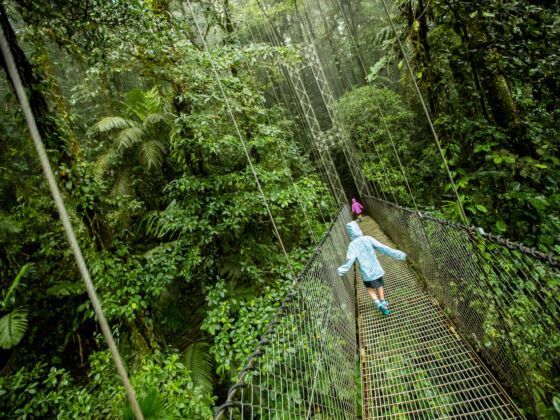1. Rehabilitating sick and wounded kinkajous, sloths and titi monkeys.
Most kids don’t get to soothe orphaned baby titi monkeys or forgo the walls of a classroom for tropical reforestation outings — those are just a few of the weekly activities for the kids of KSTR. Kids Saving the Rainforest is a sanctuary for both kids and animals and is a foolproof resume builder for budding primatologists and earth enthusiasts. It’s a great place for kids ranging in age from 5 to 17 to make new friends and create valuable bonds. Kids are dropped off to trusted wildlife managers for educational rescue projects and parents get adult beach time.
Founded in Manuel Antonio, KSTR is bridging the gap between the dark side of rainforest sprawl and the health of the native wildlife. The small core crew takes in electrocuted, fallen, abused, or abandoned animals to heal them and get them ready for re-release. After a day of helping cuddly creatures, my kid always came back with new levels of maturity and was ready to share a full report.
